Last Updated on December 17, 2020
A steam engine in the jungle!!!
The alarm on my mobile phone was set at 4.30. But I was woken up before that….. by a steam engine, of all things, in the middle of a jungle – in Namdapha National Park.
And the nearest railway station was about 90 km away, in Margherita, Assam!!!
I ran outside to see whether the Hogwarts Express from Platform 9¾ had changed its course into this magical land. The sound was coming from somewhere up, from the branches of a tree. Seeing me dash outside in my night clothes, Gogoi da came out from the kitchen and joined me outside on the lawn. He pointed up and said “Hornbill”. At that very same moment, two hornbills flew away flapping their wings vigorously.
I later learned that the wing beats of a hornbill are so heavy that the sound produced by the birds in flight can be heard from a very long distance. Their wings create loud whooshing sounds that resemble the puffing of a steam locomotive starting up. Even their deep echoing calls can be heard from kilometers away.
Gogoi da rushed back to the kitchen to get us our tea and we walked towards the river to enjoy the dawn.
My alarm just went off. It was only 4.30 in the morning.
Finding peace in Namdapha
The sun was rising somewhere behind the high mountains. But the golden rays were already making an impact on the sky and the river in front of us. It is hard to explain the way we were feeling – completely at peace, far away from the noises of the city, the honking, the shouting and yelling.
While sipping our tea we heard the loud whooping of hoolock gibbons. We followed the evocative call which led us into the woods behind the rest house. It was very difficult to judge from where the noises were coming, but the sounds got louder. And it was as if they were somewhere right above our heads. But it was so hard to spot the gibbons through the thick foliage. It seemed as if more than one group were there and some sort of a
It was barely six in the morning and so much had already happened. Such is the magic of Namdapha.
We had an early breakfast. Mr. Pungjung had told us the previous day that if we had to spot wildlife we were to start early.
Day 2 in Namdapha National Park
So we set off from the rest house armed with our cameras, binoculars, a book on butterflies and a lot of enthusiasm along with our guide, Mr. Pungjung.
Mr. Pungjung had 33 years of service, out of which 18 years he had spent at Deban. And he didn’t even look 33. There was a sprint in his walk, a twinkle in his eyes and he was always at least 50 m ahead of us, patiently waiting for us if there was something interesting to be sighted.
And interesting it was.
We took a shortcut from the guest house, cutting the hills and reached the Miao-Vijoynagar road and started walking towards Vijoynagar. Deban is situated at the 17th mile. We had planned, or rather Mr. Pungjung had planned, that we would walk till the 22nd mile to get some views of the mighty Dapha Bum.
The jungle was replete with bird calls.
We got to understand the spectacular birdlife present here. In the small muddy streams, we saw forktails and kingfishers hopping around, while other birds including the flamboyant scarlet minivets, babblers, treepies, barbets, and partridges, flitting out of the bushes.
The sun was climbing up, slowly. Till then we were passing through thick forest and the mud path was mostly covered with shade. Suddenly we came out to an open space, a small meadow, and realized how hot it was. But we did not feel the heat, as there was something that lay before that cooled everything around us.
Butterflies……
Namdapha National Park is a veritable butterfly paradise. Perhaps one of the prettiest insects on the planet, butterflies embody the spirit of beauty and transformation in nature.
And what we found in front of us looked like a colour palette with multi-tonal hues and designs. Mr. Pungjung started to identify the butterflies and I was busy noting them all down. Somewhere in the middle, I gave up, the Zoological names were distracting me from enjoying those fragile and pretty creatures.
Great Orange Tip’s, Common Five Ring’s, Chocolate Pansy, Evening Brown, Plum Judy, Common Mormon, Common Sailor and Common Crows kept flitting by. The dragonflies and moths were not far behind.
Hoolock Gibbons
I was distracted again, this time not by the Zoological names but by something more profound. It was the Gibbons again, those loud, coordinated, stereotyped duet song bouts had started again. Mr. Pungjung said they were somewhere nearby.
We walked further up the jungle trail. The sounds got louder. We spotted them and ‘they’ consisted of a small happy family of a mother, father, and child. The mother was swinging from a branch with her baby clinging on to her, her husband watching her carefully from a neighbouring branch.
They suddenly disappeared into the thick forest cover and we moved on, their sounds still haunting us.
Lisu tribe
On the way, we found remnants of small fires that had been rustled up along the roadside. The fire had been made by people belonging to the Lisu tribe. About 157 km from Deban, lies a small village called Vijoynagar. A succession of earthquakes, landslides, and rains have made the settlement inaccessible and the only way to reach this village is on foot. Vijoynagar is inhabited by the Lisu tribe, who hunt forest animals. This has caused a lot of friction between the Lisus and the forest department. In Namdapha National Park, poaching is common. There have been instances where Lisus have tried to exchange the endangered Red Panda for a packet of salt!
There are hardly any shops in Vijoynagar, so they have to trudge through the forests, cross the river, defend themselves from wild animals and sometimes walk in the rain to Miao to do all their shopping.
We met a few Lisus on our way, they were carrying bamboo baskets on their backs, loaded with provisions walking slowly through the jungle. It takes them around 10 to 11 days to reach their village depending on the weather.
It was already 12 pm and we started walking back. We were too engrossed with the forest sights, we totally forgot about the river flowing by, down in the valley.
The sky was overcast and it looked as if it was going to rain. By 2.30 pm, we were back at the guest house – and then it started to rain.
Famished, we decided to have lunch first.
And a leech
Back at the cottage, we realised that we had brought in some of the jungle’s fauna along. My husband took his socks off to reveal a particularly obstinate leech clinging on to his ankle – our first encounter with a bloodsucker. Fortunately, I had remembered my jungle-survival lessons…..a drop of saline and the little fellow dropped off, leaving behind a wet, red smear; our predator squiggling away for its next unsuspecting prey.
We sat by the river in the evening. It had been an eventful day. The day’s excitement and tiredness began to take its toll. Before long we were asleep, lulled by the river flowing by and the occasional hoot of an owl.
Day 3 in Namdapha National Park
The next day we were up at 5 am. This had become our daily routine – sleeping early, getting up even earlier – ever since we started our trip to the northeast.
By 7.30 we were on the road, again. Today we were to walk towards Miao, as long as we could.
Across the river, we spotted a small village with a lot of stilted houses. This village belonged to the Chakmas. The Chakmas are refugees from Bangladesh and are relatively recent immigrants, having been settled by the Indian government in the western edge of Namdapha.
Mr. Pungjung kept spotting animals and birds. By the time we came running with our cameras, they conveniently disappeared. I did manage to capture a Himalayan Giant Squirrel and a few hornbills flying by.
The patient trekker has a chance to see what he wants. And the entire area was filled with songs of different species of birds – from cuckoos to treepies, redstarts to whistling thrushes, finches to sunbirds – the list is, happily, never-ending. The pretty flowers found in the undergrowth added to the beauty of the forest, so did the huge oaks, the bamboo thickets, ferns and wild orchids.
Road repair work was going on, a bridge was being revamped, ahead of the trekking season
There were surprises everywhere. A blue whistling thrush crossing the road, hornbills gliding over the tree canopy and a group of cape langurs enjoying their afternoon siesta.
But it was time to go back. As we walked back we felt as if we were in a trance…taking the whole rainforest in. And I was reminded of a quote by Charles Darwin.
“Delight is a weak term to express the feelings of a naturalist who, for the first time, has wandered by himself in a rainforest”.
How true. Truer still, in this paradise called Namdapha.
But there was more to come. More to see. And more to know about.
The battlefields of Namti, near Walong.
Kaho and Kibithu – the easternmost villages of India.
Wakro and Tezu – our homes away from home.
Watch this space for more.



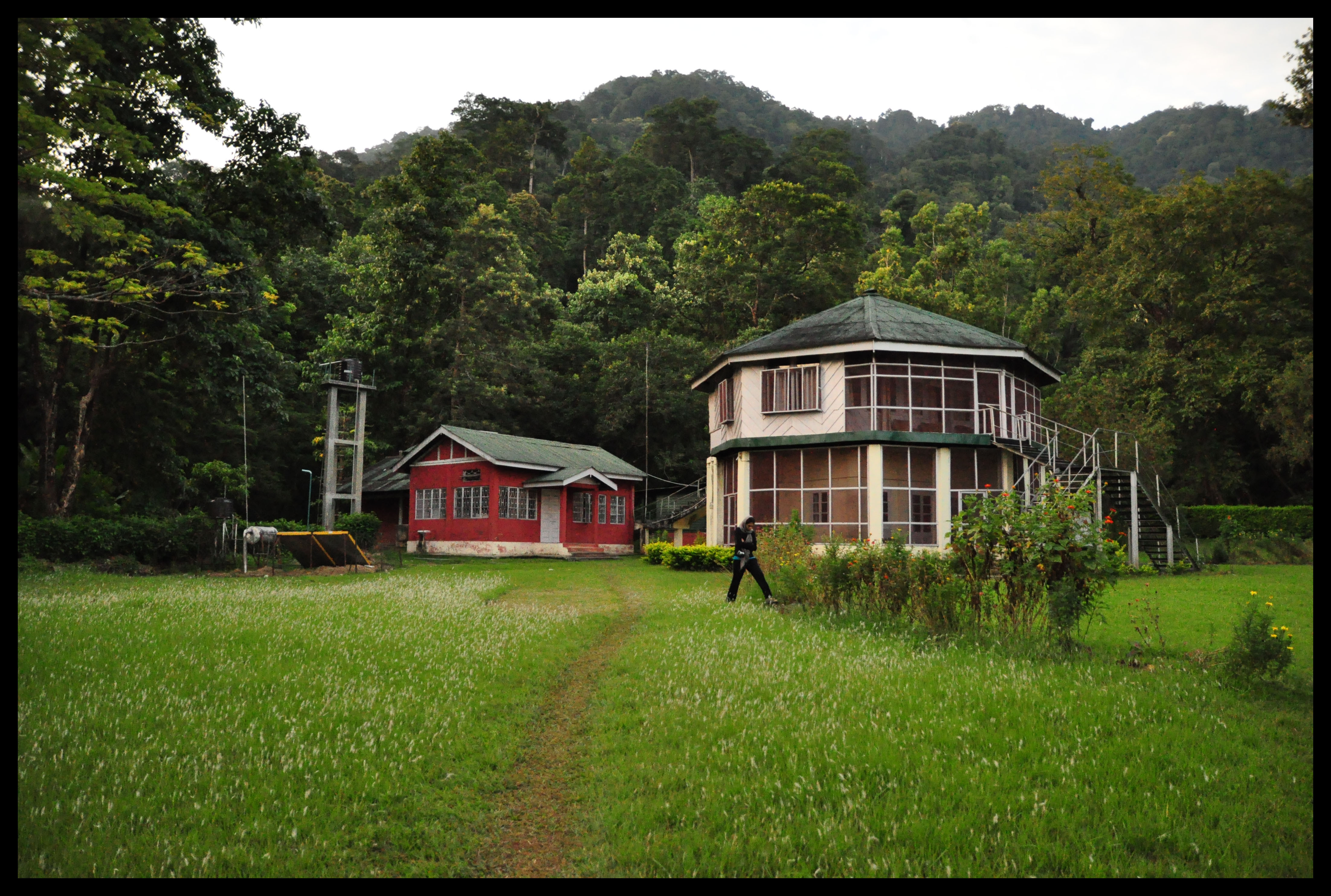

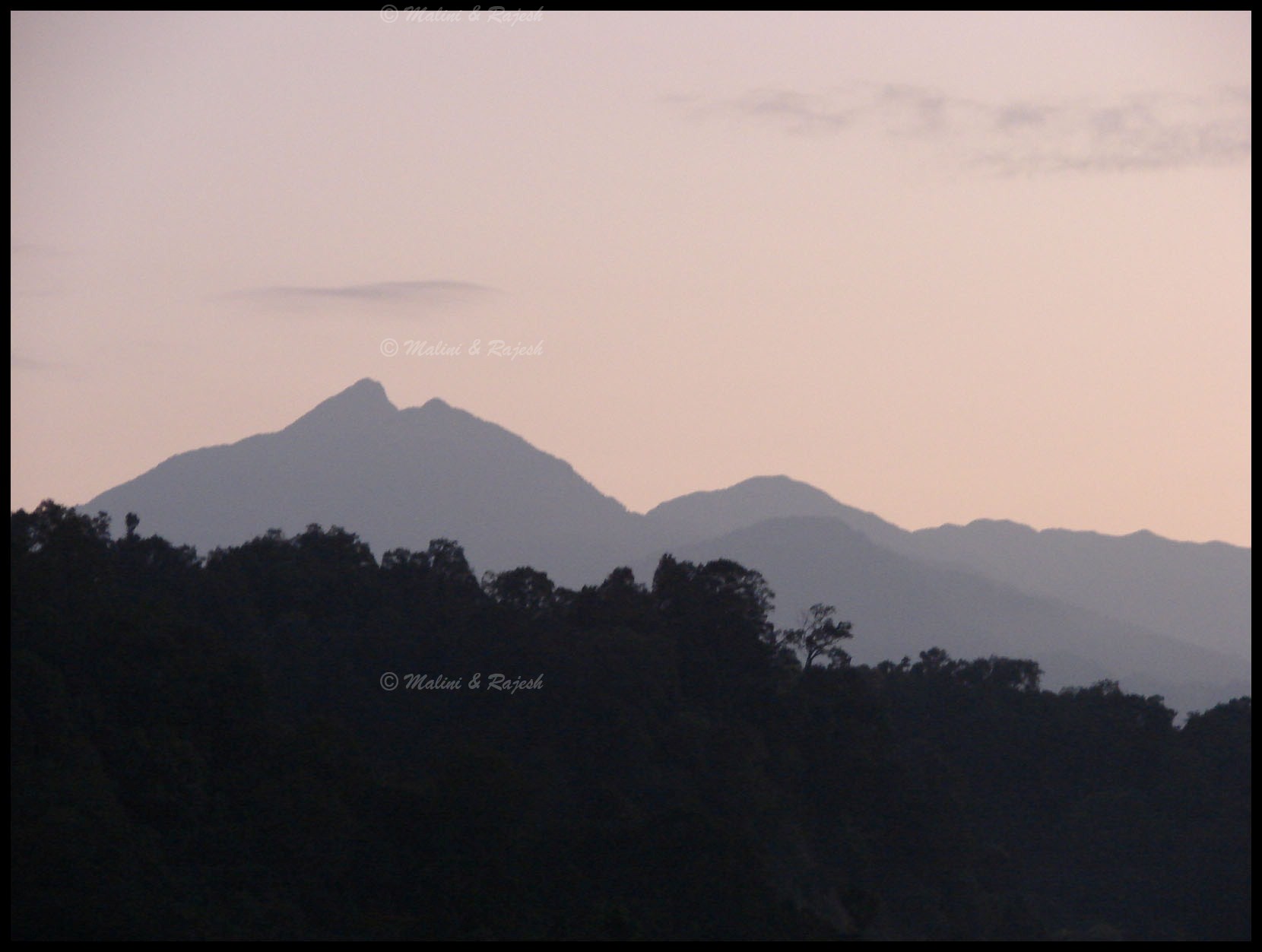

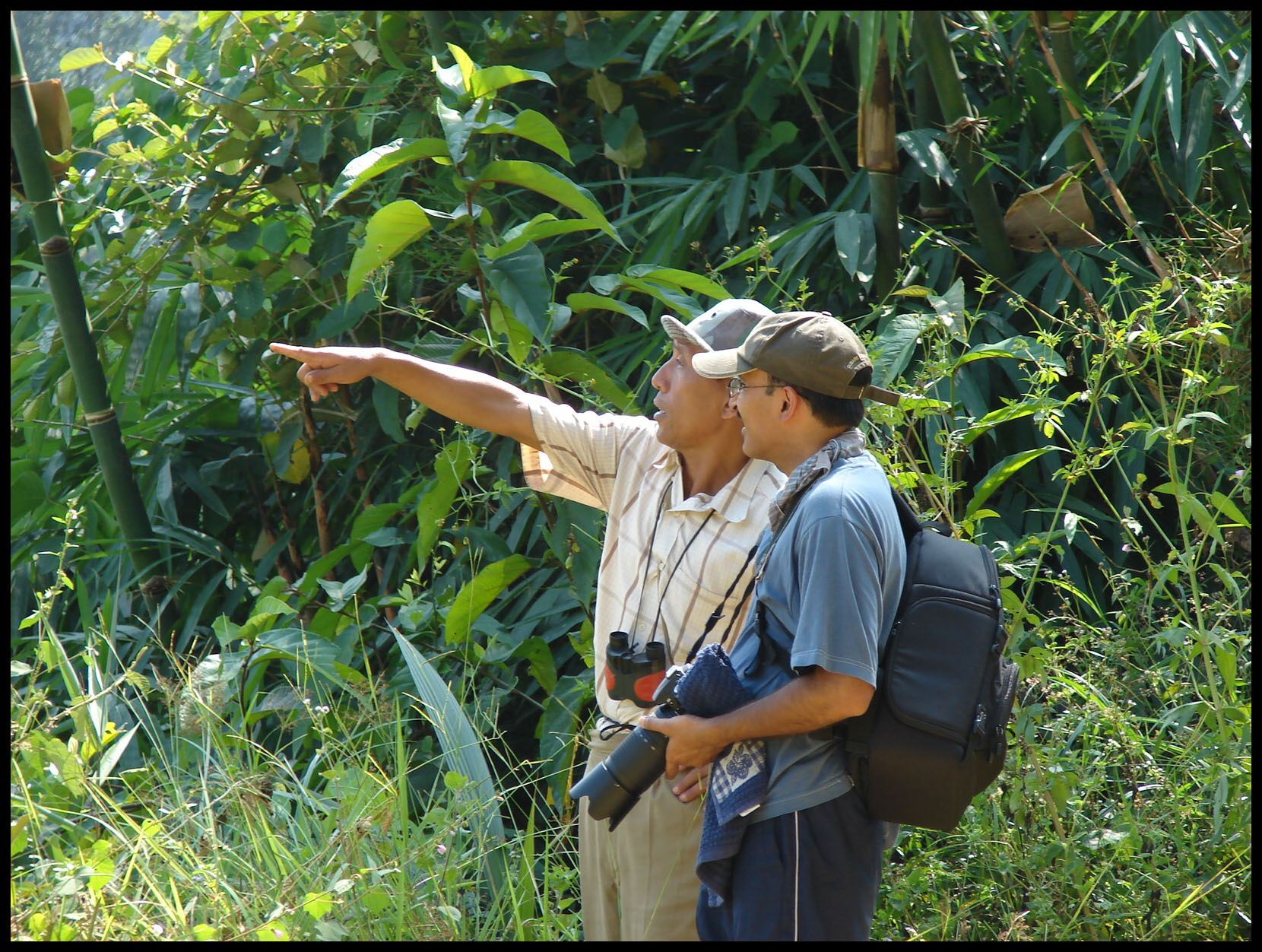
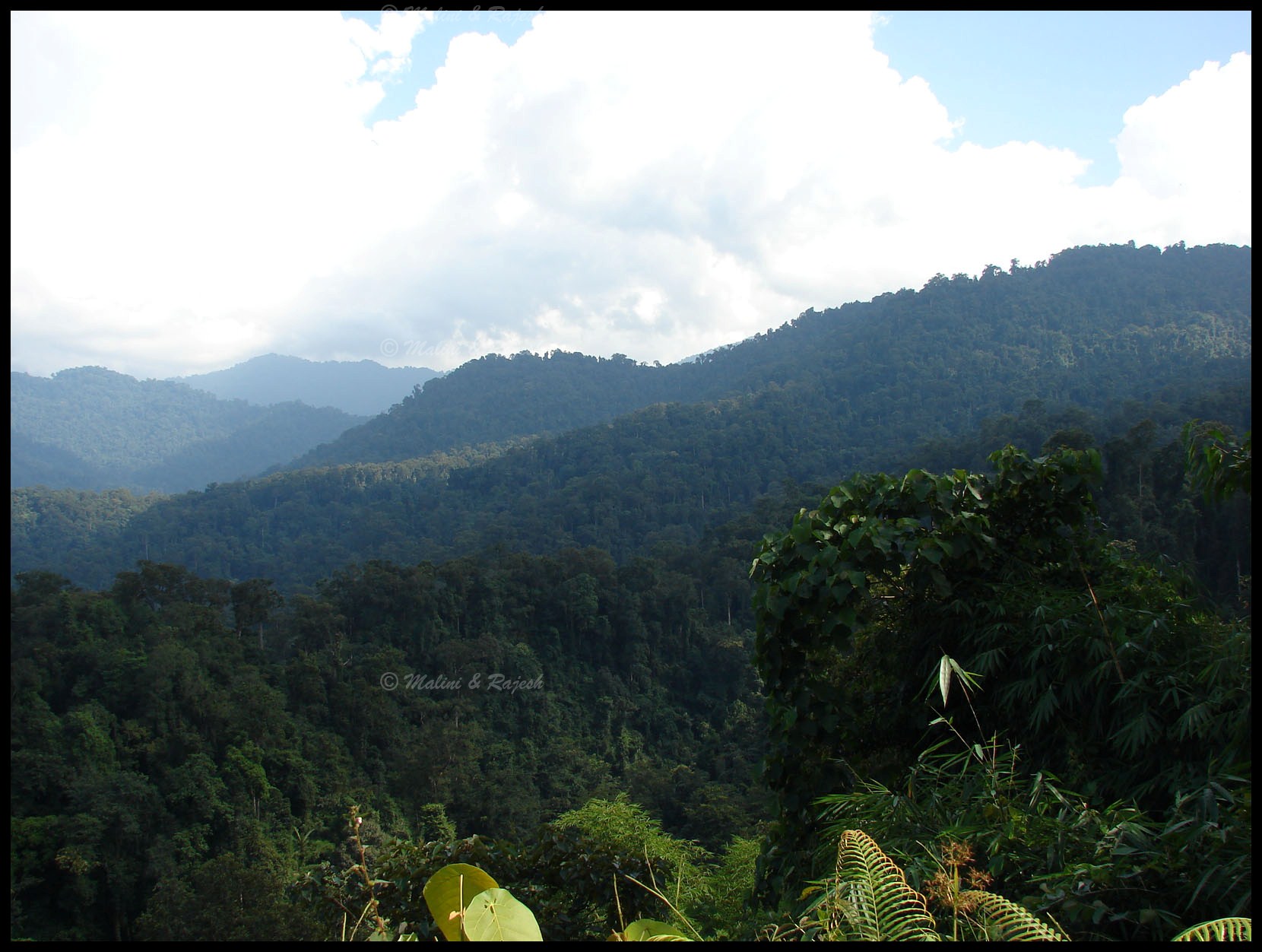



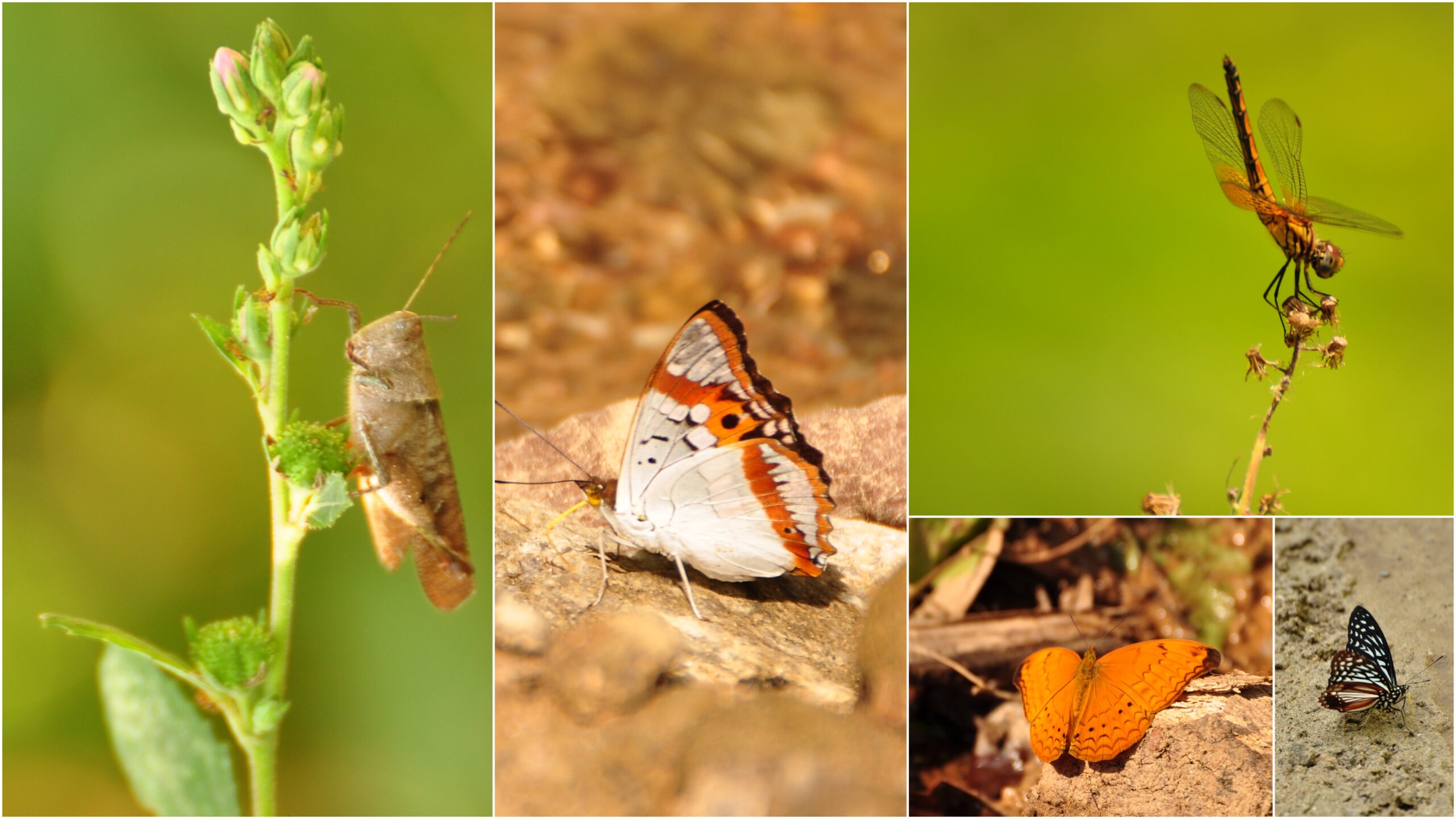
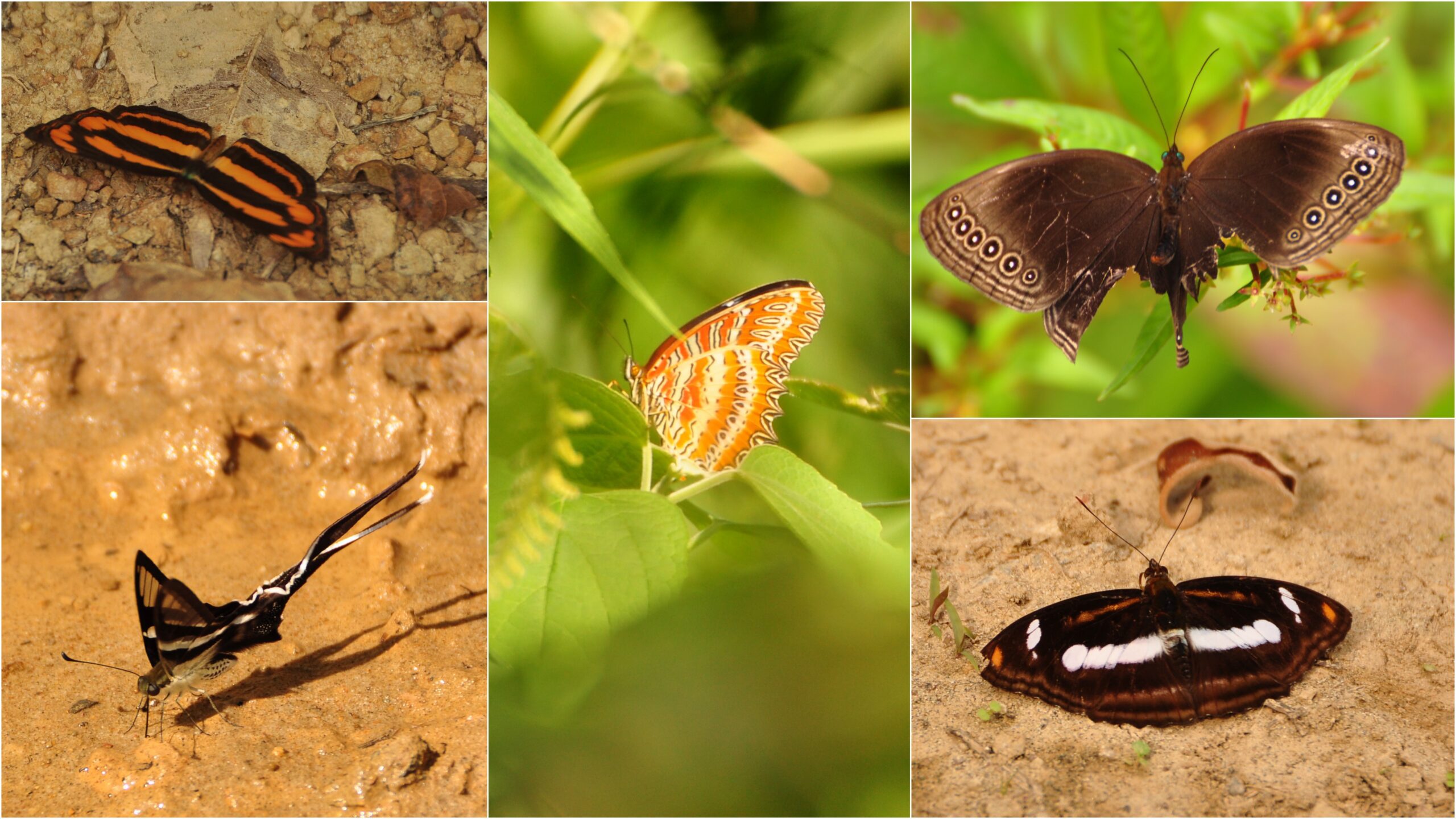
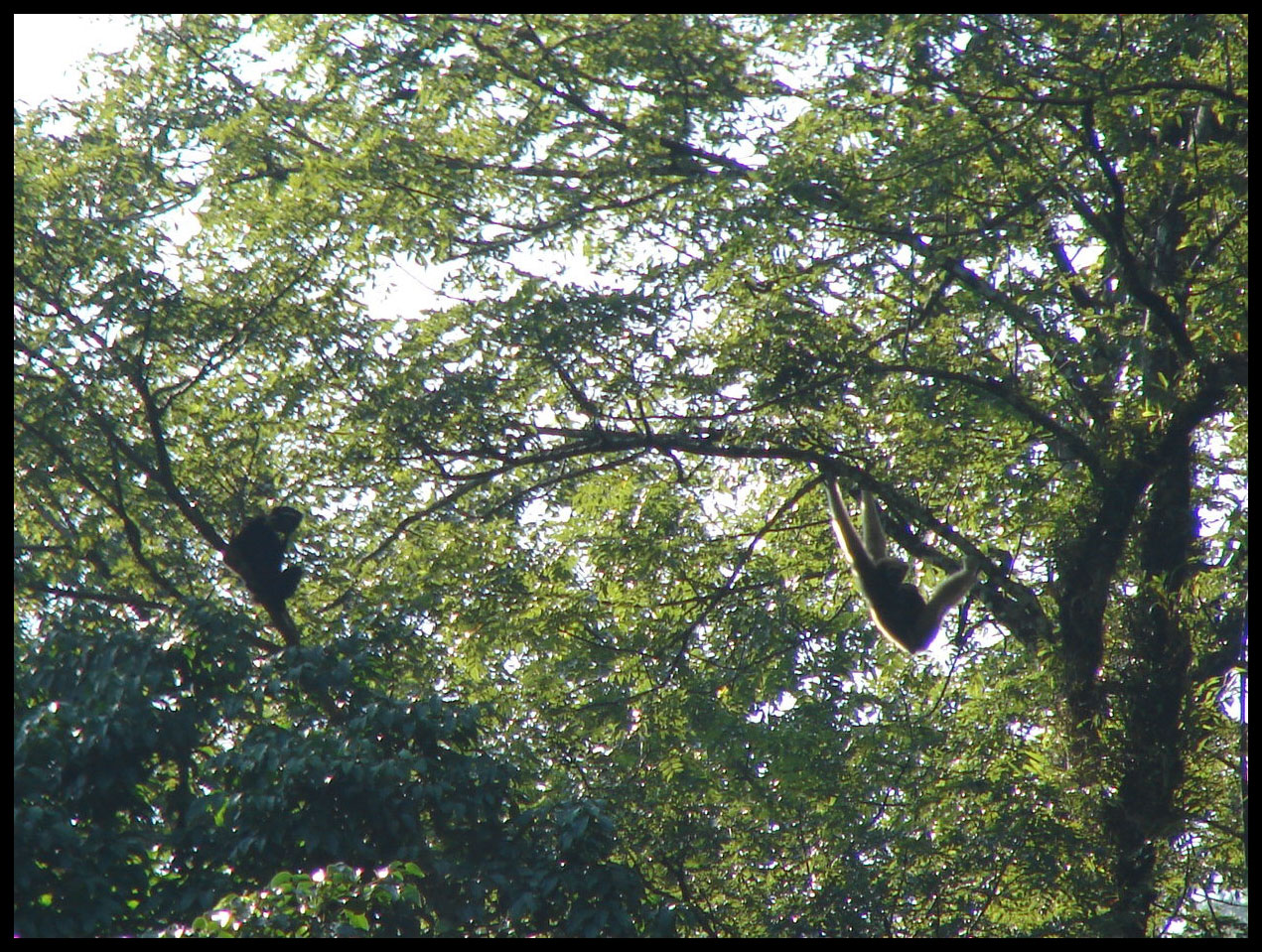

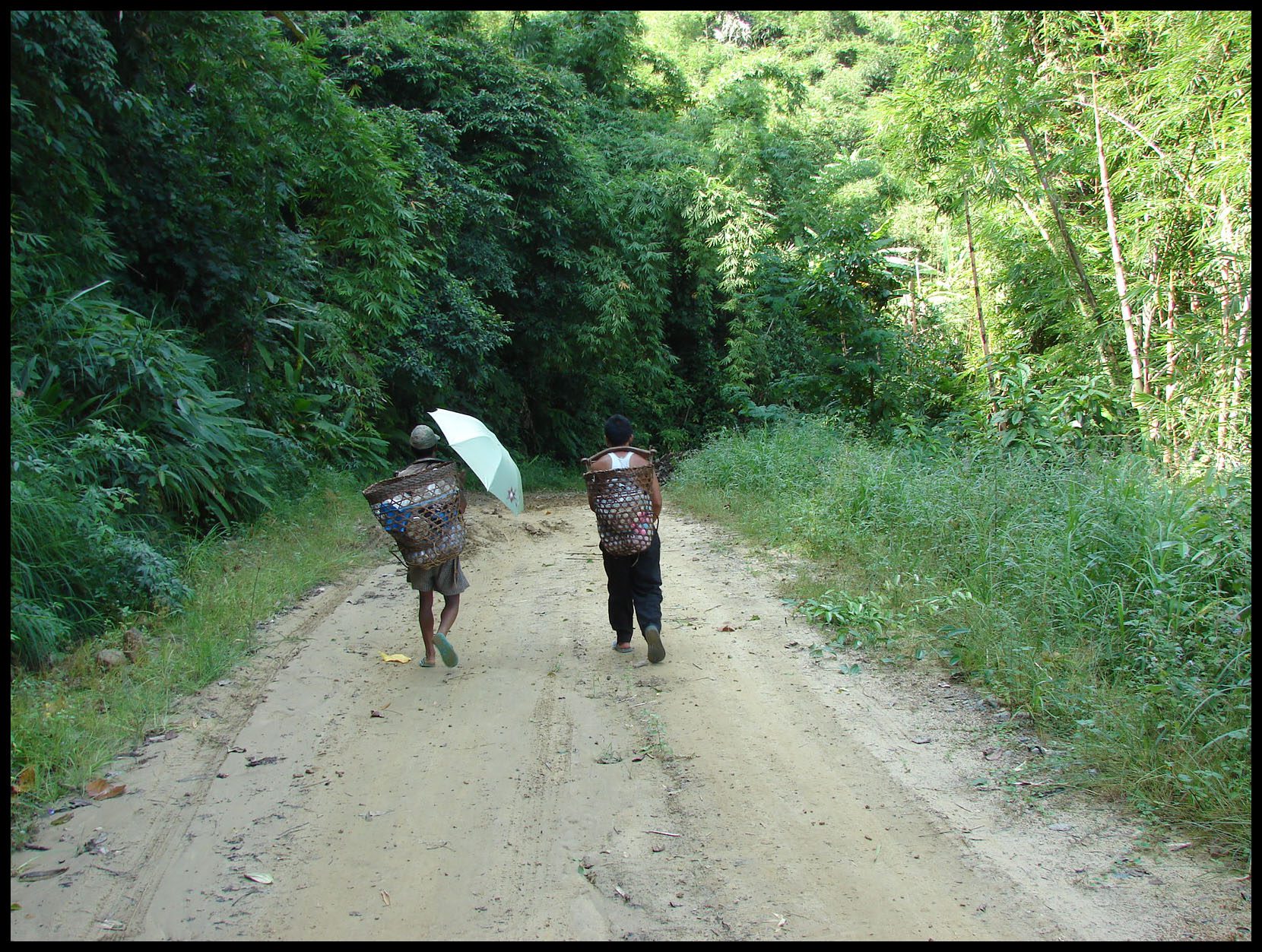

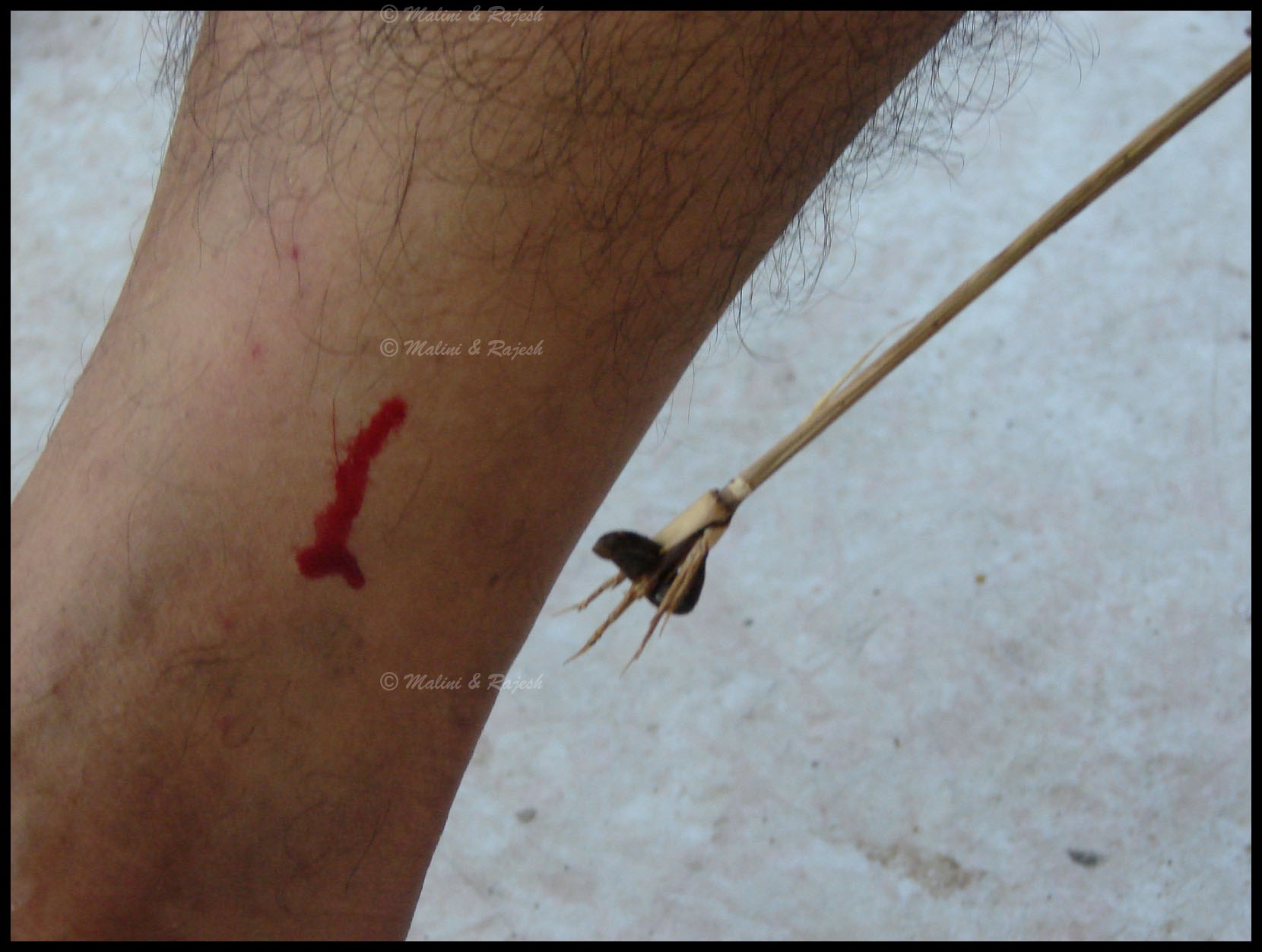
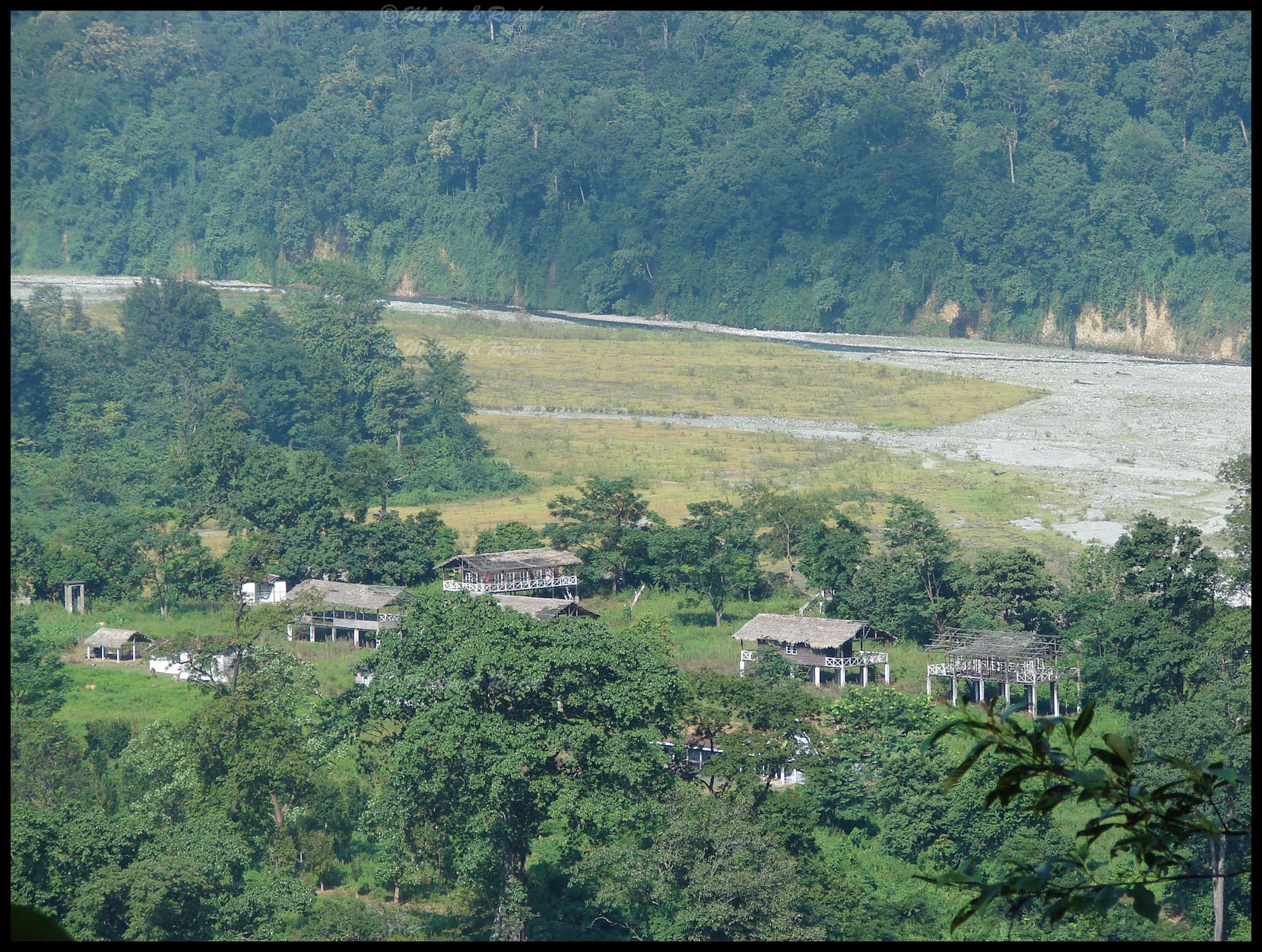
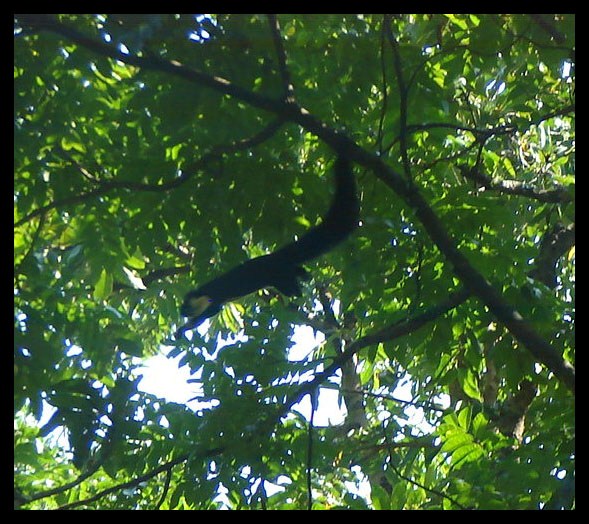


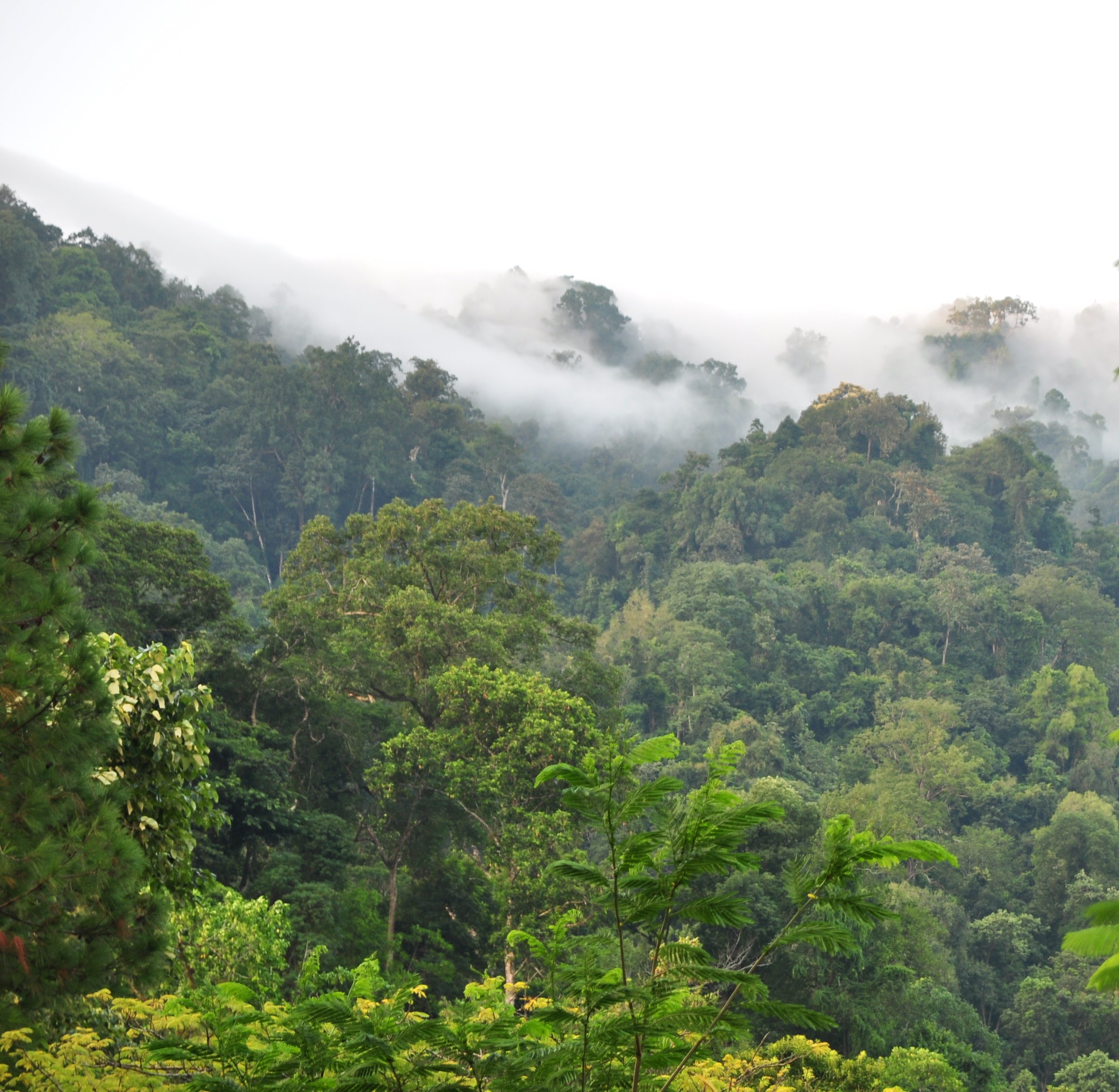


22 Comments
Super as usual… you know how to transport your readers with you to these wonderful places… and I am thankful for that … Hope this journey never ends…… Love travelling with you… Do take me to more places..
By the way, it was interesting to note that many of those butterflies can be found here as well…I’ve had the honour of capturing a few of them on my camera…
Thanks Nisha for the comments and for travelling along. Yes, I know many of those butterflies can be found around where we all live.
Maybe the ones we saw in Namdapha were luckier and happier. Lots of plants to play hide and seek, lots of sun to bathe in and lots of fresh air to breathe in.
Love reading your travellogues…very nice indeed..good job malini..
Thanks Sangi for the comments.
Wow the butterflies really took my breath away 🙂
Yes Subhadra, butterflies so delicate yet so mesmerizing.
Beautiful place and awesome photography. Sun is definitely ahead of its time in North-eastern India. 🙂
http://www.rajniranjandas.blogspot.com
Thanks.
Well said Niranjan. We were trying hard to keep up with it.
…and thats how a travel blog should be written…simple, concise, with perfect sprinking of pics….loved it… :-)..will take tips from you for my travel blog(which has not seen the light-of-the-day coz of size and editing issues :-D)
Thanks Rohil for the comments. Travel tips, I’m sure I can give. Blog tips, …..
Your travelogues are always a treat Malini.I somehow keep getting glued to read till the end, just because of your wonderful narration qualities.Waiting for more from your Namdapha series, take your time, but whenever you come back posting, come back in the same way you came here: sharp and crisp!
Thanks Arnab for all those comments. I still don’t think I deserve them. But they are definitely going to inspire me to write more and better.
Very well written Malini! Looking forward to many more travelogues from you !
Thanks Anu for the comments and for stopping by 🙂
beautifully narrated travelogue
wonderful photos
i travelled through your lines
thanks for sharing
Thanks Krishna for the comments and travelling with me.
Malini, not sure how i missed your blog. I want to read each and every journey of yours. my husband and I cant wait for the boys to be out of our homes in college so that we can take long trips and do the off beat trips that are so rich and invigorating. keep the romance alive girl!! 🙂
Thanks Rekha for the wonderful words. We are so caught up in this intricate maze called life, that we quite often forget about the beautiful world out there. We were always more keen to take the off-beaten path, its more fun, there are surprises waiting to unfurl and there is always the joy of discovering small places.
I went ‘chasing the butterflies’ next day to wander ‘in Namdapha’.. just to get the same feelings, and of course ‘delight’, in the same way you experienced.. But that made me more thirsty..
It’s a wonderful journey Malini.. I felt that I am trekking with you, spotting birds, butterflies, gibbons.. catching them in camera and returning with heavy heart.. I wish to travel like this with both of you forever..
And will remember your words.. The patient trekker has a chance to see what he wants.
Alhad sir, the time we spent in Namdapha (and that too in off-season), was the highlight of the whole trip. A lot of people asked us “What will you do for these four days in a forest? No electricity, no connectivity, only a few ‘keeda-makaudas’.” A few keeda-makaudas? The place was swarming with them – and that too the best of them.
The next time we will plan together for Namdapha during the season – Hope it happens soon.
Namdapha is great and beautiful as always.
Sure it is, Chakma.